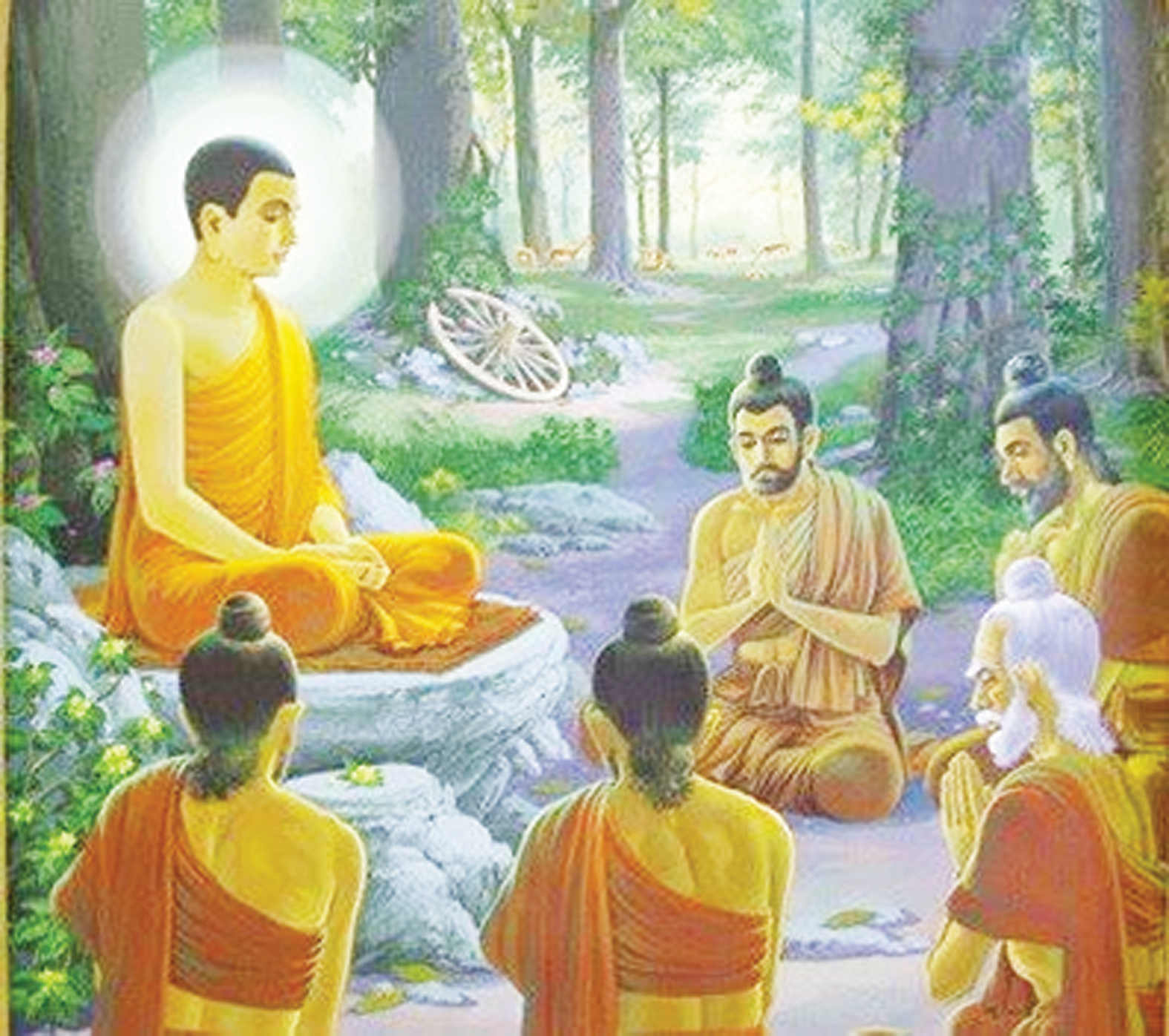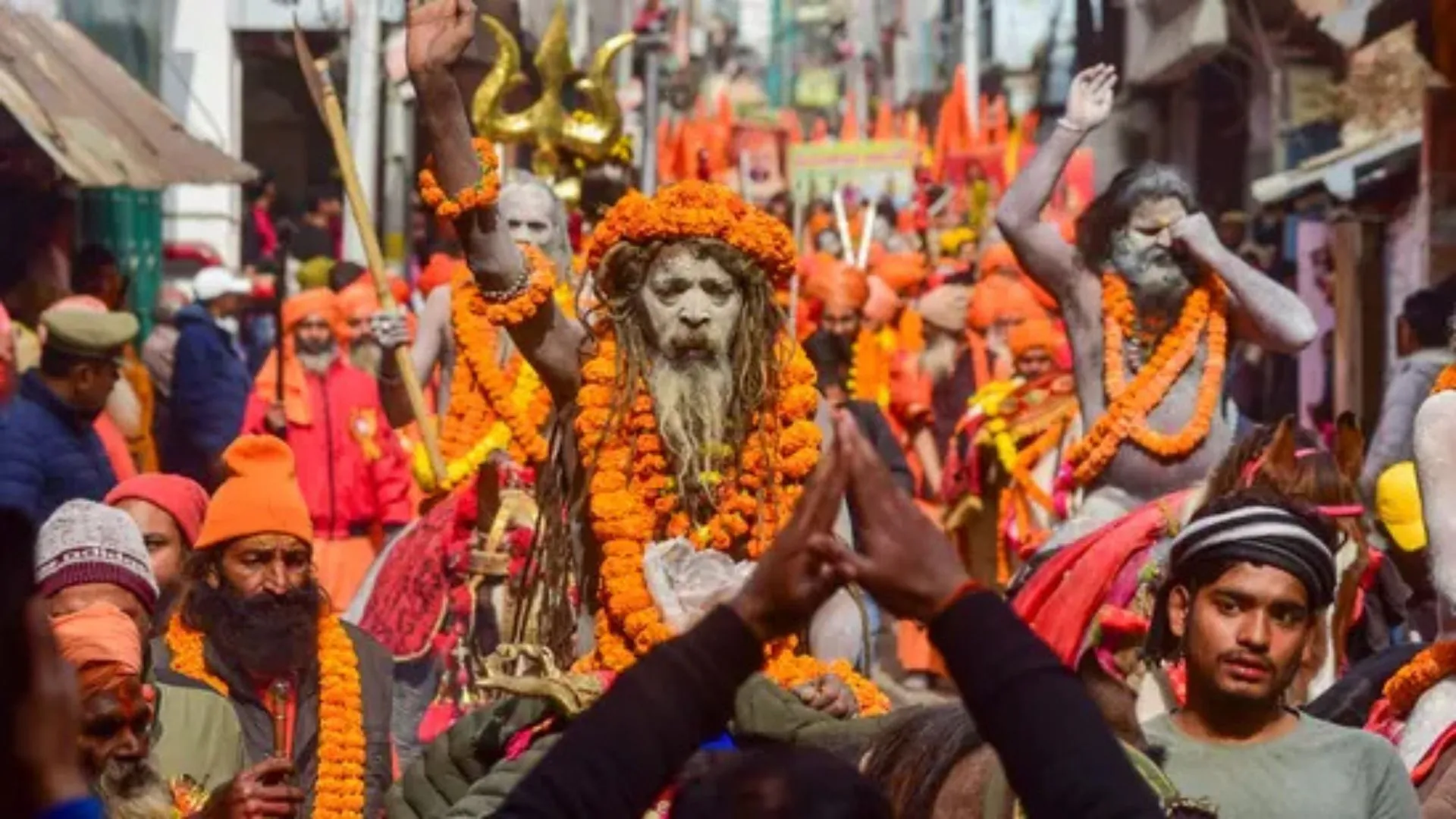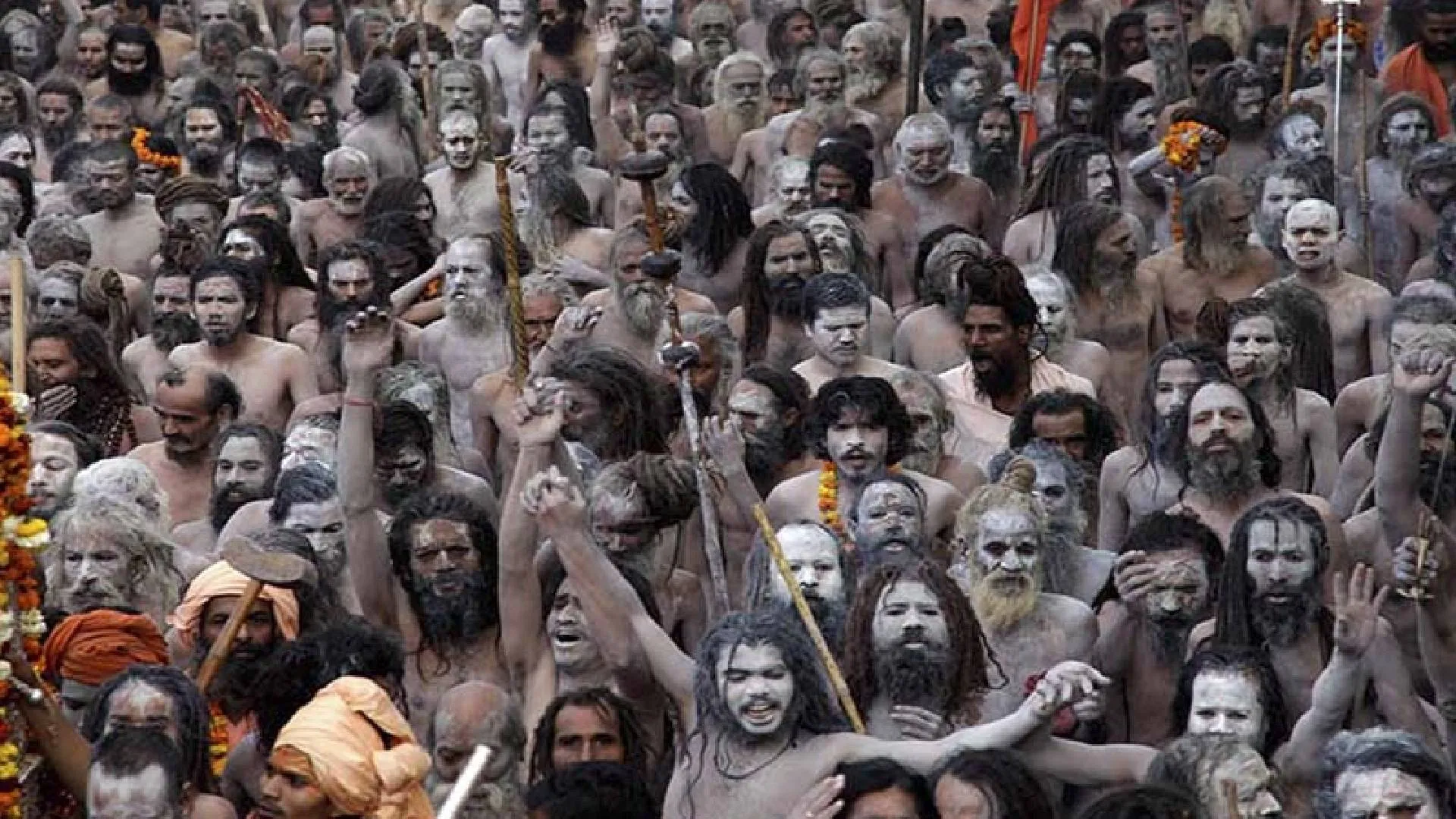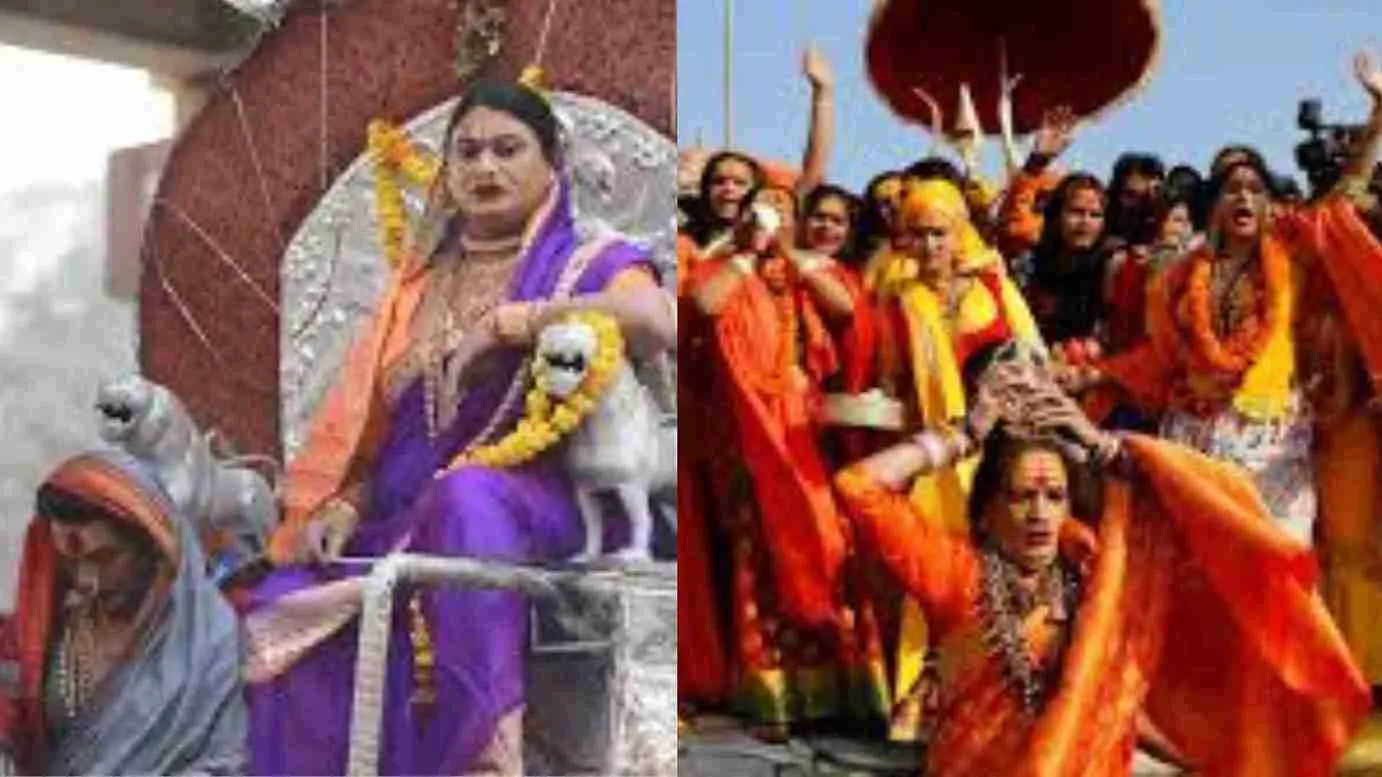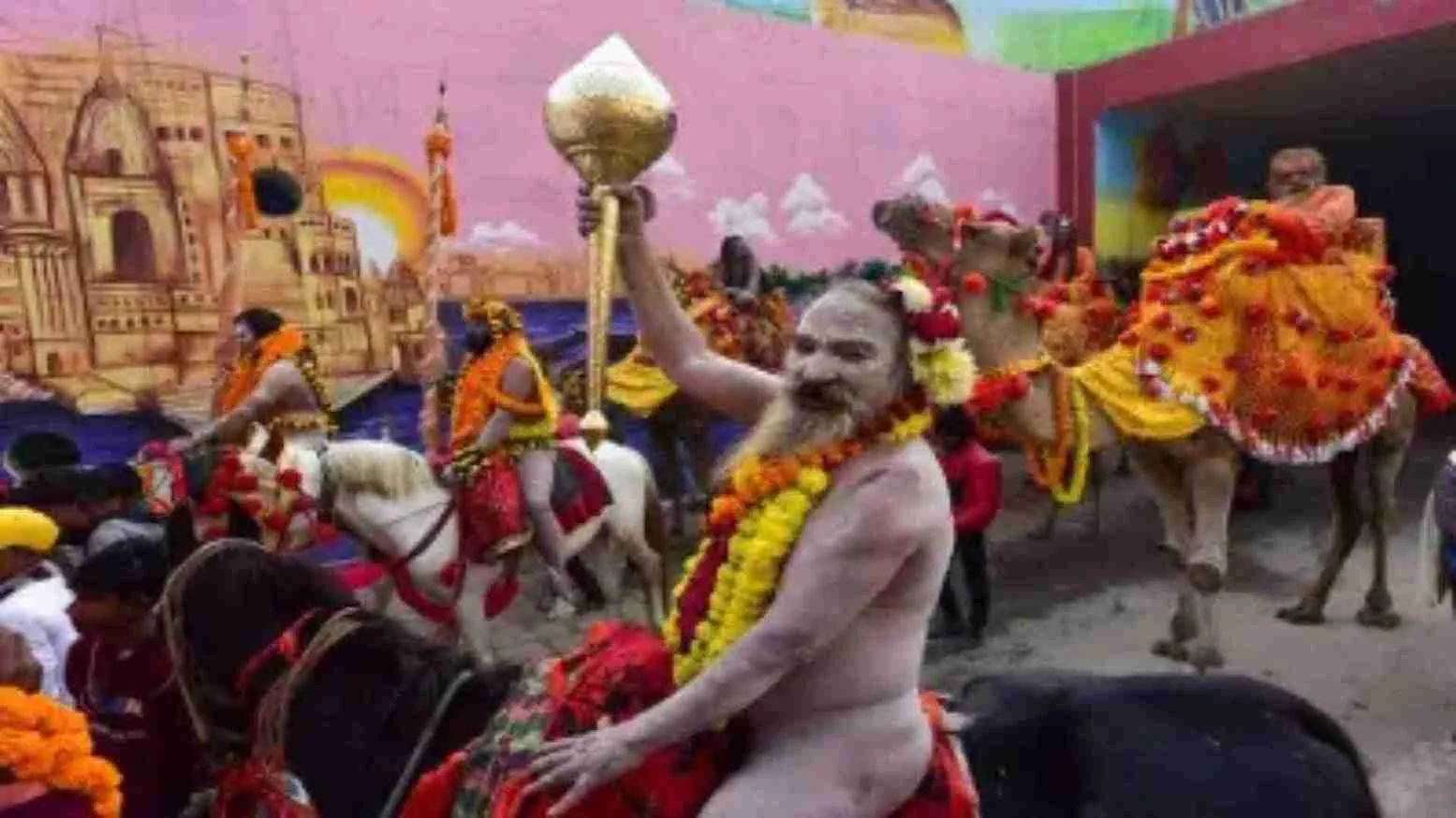What is Dhamma?
Dhamma is that which upholds. It is the law or the rule, which is applicable to us and to our life in general. When we meditate, our Dhamma is to reach some point, some goal. ‘I am meditating, not my mind, not my body.’ This awareness leads us towards Buddha hood. Buddham Sharanam Gacchami; Dhammam Sharanam Gacchami; Sangham Sharanam Gacchami…
At the deepest level, we all are Buddha. We are all enlightened. At the outermost level, we are living a worldly life. Within the world, we sometimes encounter Dhamma and Sangha- the commune and the process to move from the outer world to Buddhahood is Dhamma.
Dhamma works at many levels. On the journey of life, our Dhamma is ‘Buddhahood’. But, everyone has not yet become aware of this goal. Our body abides by certain laws. If we are sick, we need to rest. That is Dhamma for the sick person. If we are householders, we have various responsibilities, and they are our Dhamma. Dhamma gets transformed with the roles you play. It is most important that we recognise that the spiritual journey isn’t about renouncing the world.
Buddham Sharanam Gacchami means different things to different people. However, when we meet an awakened teacher, a Buddha, all these quests disappear. The master puts us on the path by making us aware of our true Dhamma. When we come to the Buddha, we learn that our true quest is to reach Buddhahood; and the way is through Dhamma and the Sangha. We then accept the teachings and begin our practice, in solitude, and in a commune of like-minded practitioners, who are all striving towards the same goal. This is the Sangha, where our personality interacts and is supported in our journey of awakening into awareness and compassion.
We then come back into our ordinary life, interacting with family and friends, at work and in relationships, we go through immense turmoil. There are angry outbursts and periods of self-loathing. With a shock, we realise the huge gap between our present state and Buddhahood which we are destined to reach. Once this new awareness dawns, there is intense upheaval, a desire to grow further. Thus, we go back to the Buddha, our master for further guidance. Here we are given a fresh set of practices. Once again, we come back to the Sangha, which supports us in our growth. The cycle continues ongoingly. Buddham, Dhammam, Sangham. The prayer is cyclic. It is never ending. At every step a new sangha, at every step, new Dhamma.
When you are with an awakened master, a living Buddha, transformation happens. One is gradually purified. We move towards the highest Dhamma. We may resist certain orders, even though they are the instructions of the master, not realising that they’ll take us ahead spiritually. When we are established in Dhamma, guided by our master, we will surely advance. However, if we deviate from our Dhamma, we are back to square one. When a bucket full of holes is lowered into a well, it fills to the brim. But when it’s pulled out, it empties quickly. When we are in the presence of the Buddha, and within the Sangha, we are like this bucket. We feel so complete. We are full of knowledge and compassion. But the moment we are out of the Buddha’s presence, and away from the Sangha, all our old tendencies and reactivity comes flooding back!
It is here, in the real world of family, relationships, work and stresses of our daily lives, that all the holes in you start showing up. We call these our ‘buttons’. But since we have experienced fullness, we can see the huge gap. The world is like a gauge that measures our spiritual advancement through our actions and reactions. In the world qe need to seek out like-minded people and create a Sangha that keeps us from slipping back. However, again and again we have to go back to the Buddha. Buddham, Dhammam, Sangham.
The inner journey is similar to the dyeing of a cloth. It is soaked in dye and left to dry in the sun. Some of the colour fades away. Once again, the cloth is dyed and left to dry. This is done a number of times, until the colour becomes fast. By giving us an insight into our true nature, and putting us on the path of true Dhamma, the Buddha makes our Dhamma ‘fast’ and we gradually become a beacon of Dhamma in our world.

Deepam Chatterjee is a teacher, writer, storyteller and corporate speaker, integrating Modern Life Lessons with Military History, Hindu Scriptures, Mythology and Mysticism. He can be contacted on deepamchatterjee@yahoo.co.in\

